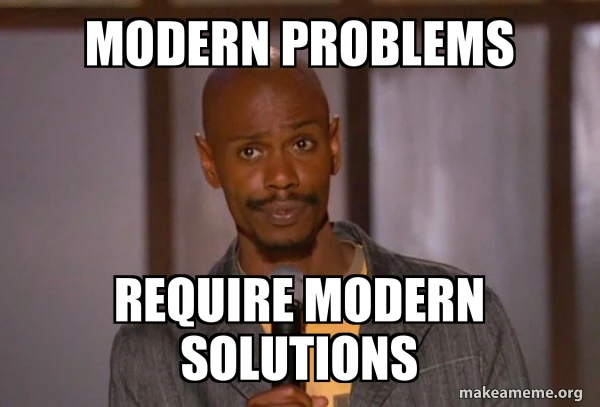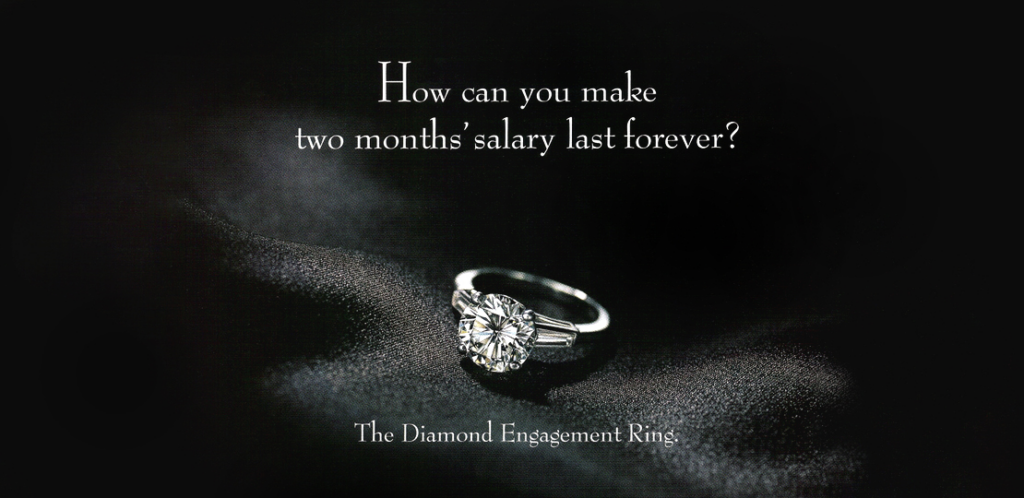
This copywriting technique is a game-changer for your marketing campaigns.
This is a game-changer for most marketers. It makes a load of sense and should naturally be the default messaging, but for some reason, we fall into the trap of feature-based messaging.
It’s not a hard transition though, and once you know how to do it, you’ll see a world of difference in your campaigns.
Why do you buy something?
Usually, it’s to fulfil a want or a need.
In essence, you have a “problem” that can be solved by buying something. It could be a product or a service.
Some examples:
You get the gist. It’s not rocket surgery 🚀🧑⚕️.
Now let’s looks at the features vs benefits/solutions of the above:
The point here is that the benefits/solutions are the actual reason for buying. They solve a pain point. The features are just the means to the end.
When was the last time you bought something just because it existed? Probably never, right?
People don’t care about products for their own sake; they care about what those products can do for them.
That’s the golden ticket of solution-based messaging. It’s not about pushing features; it’s about pulling in customers with relatable, solution-focused narratives.
You can’t solve a problem unless you know what it is.
So, the first step is to figure out what’s keeping your potential customer up at night.

Get your notepad out and start writing out who you are selling to.
Consider factors like:
And those are just the physical aspects.
The mental ones are just as (if not more so) important:
Once you’ve got an idea of the various demographics and pain points who want or need to buy your products, split them up into “real” people. Give each collection an appropriate name and stock photo on their own document.

These are your buyer personas. Refer to them whenever you are planning/writing a campaign and decide who you’re going to target. Tailor it for them and you’ll find your campaigns work a lot better.
You hopefully already know the features of whatever you’re selling.
So, referring back to your customers’ personas, which pain points does your product/service address?
For instance, if you’re selling a smartwatch, don’t just talk about its long battery life; explain how the wearer can go on a two-day adventure without worrying about a dead watch. (Gotta log those steps while running over the rooftops🥷)
It’s about bringing those features to life in a way that resonates with your audience.
Here’s a golden rule – keep it simple. No one likes to wade through jargon or complex explanations.
Your message should be clear enough that even a 10-year-old gets it.
You’re not dumbing it down; you’re making it accessible.
Emotions are powerful; they drive decisions.

Weave in stories or scenarios that evoke feelings.
Does your product bring joy? Offer relief? Provide a sense of belonging? Tap into these emotions. When people feel, they act.
Did you know De Beers’ are almost single-handedly responsible for the prevalence of diamond engagement rings? 🤯
Before De Beers’ legendary marketing campaign, diamonds weren’t necessarily synonymous with marriage and engagements.
The challenge was to create a market where there was none and position diamonds as an indispensable part of romantic commitments.
De Beers’ launched a groundbreaking campaign: “A Diamond is Forever.”

This wasn’t just a slogan; it was a stroke of marketing genius. De Beers shifted the focus from the product (a diamond) to the solution and emotional significance it provided.
De Beers’ campaign brilliantly linked diamonds with concepts of undying love and eternal commitment.
The message was clear: A diamond, being forever, is the perfect symbol of a lifelong commitment.
By doing so, they didn’t just sell a gemstone; they sold a symbol of love and an essential component of the marriage ritual.
The impact was phenomenal. Diamonds became the go-to choice for engagement rings, and the slogan “A Diamond is Forever” was etched in public consciousness.
This campaign didn’t just boost diamond sales; it culturally redefined the concept of engagements, making diamonds a deeply ingrained symbol of love and commitment.
De Beers didn’t focus on the features of the diamond – its cut, clarity, or carat – but rather on the emotional value and symbolism it could offer. This case demonstrates the power of solution-based messaging in transforming not just a product’s image but also its cultural significance.
Alright, I’m hoping you’re now convinced this is the right way to go and you’re about to overhaul all your marketing messaging. As such, here are some common pitfalls to avoid…
The biggest trap? Overhyping your product.
Solution-based messaging should be ambitious but realistic. Keep your promises in line with what you can actually deliver to avoid disappointed customers and damaged credibility.
When focusing on solutions, you risk your messaging drifting too far from the product itself.
Remember, while your messaging should highlight how your product solves problems, it still needs to be anchored in what your product actually is.
Never underestimate the power of listening to your customers. Ignoring feedback, especially when it’s not all sunshine and rainbows, is asking for trouble.
Use customer feedback to refine your messaging and ensure it resonates with their real-world experiences and expectations.
A consistent message is the backbone of solution-based marketing.
If your messaging is all over the place, your audience will be confused about what you’re actually offering.
Ensure that your core message is uniform across all channels, even if the way you present it varies.
The market is always changing, and so are customer needs. A solution-based message that worked wonders last year might not hit the mark today.
Stay flexible and ready to evolve your messaging in response to new trends, market shifts, and customer insights.
Whether you’re just starting your marketing journey or looking to refine your skills as a solo marketer, embracing this approach can be a game-changer. Let’s quickly recap the key takeaways:
Make sure you use data to measure the impact of your messaging and adjust accordingly. Ignoring your data is Mistake #2!
If you found this guide helpful, why not share it with your colleagues or drop a comment below? I always appreciate feedback from my readers!
For more like this, plus plenty of other tips, tricks, guides and recommendations, why not subscribe to the Clarity newsletter?
Founder of Latent Clarity and author of the Clarity newsletter.
I help new and solo marketers be the best they can with practical, actionable, (and sometimes funny) advice.